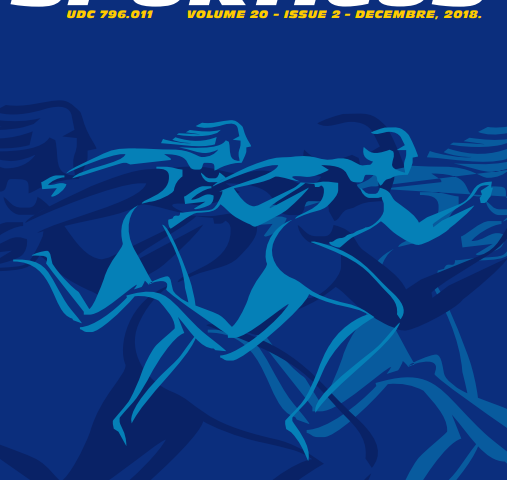Abstract
The development of abdominal obesity has been associated with potentially modifiable lifestyle factors. This study aims to determine relation between leisure-time physical activities, eating habits and abdominal obesity in women of childbearing age. The study included 300 respondents who were divided into two groups: non abdominal obesity (n=150) and abdominal obesity (n=150). Abdominal obesity was estimated measuring waist circumference. Data concerning leisure-time physical activities and eating habits were collected using a designed questionnaire. There were almost two times as many physically inactive respondents in the non-abdominal obesity group, 76 (50.7%), then in abdominal obesity group, 39 (26.0%). Physical activity during leisure-time was a potential risk factor for abdominal obesity, especially physical activity of 30 minutes per day (OR=4.87, 95%CI=2.24-10.55; p<0.001). Eating less than 3 meals a day (OR=0.44, 95%CI=0.15-1.25; p=0.08) and eating last meal before 20 hours, especially before 17 hours (OR=0.45, 95%CI=0.08-2.59; p=0.51) protect from abdominal obesity. If women consume more calories than are used for metabolic and physical activities, the extra energy is stored as body fat. The prevention and reduction of abdominal obesity depend on individual lifestyle change.


